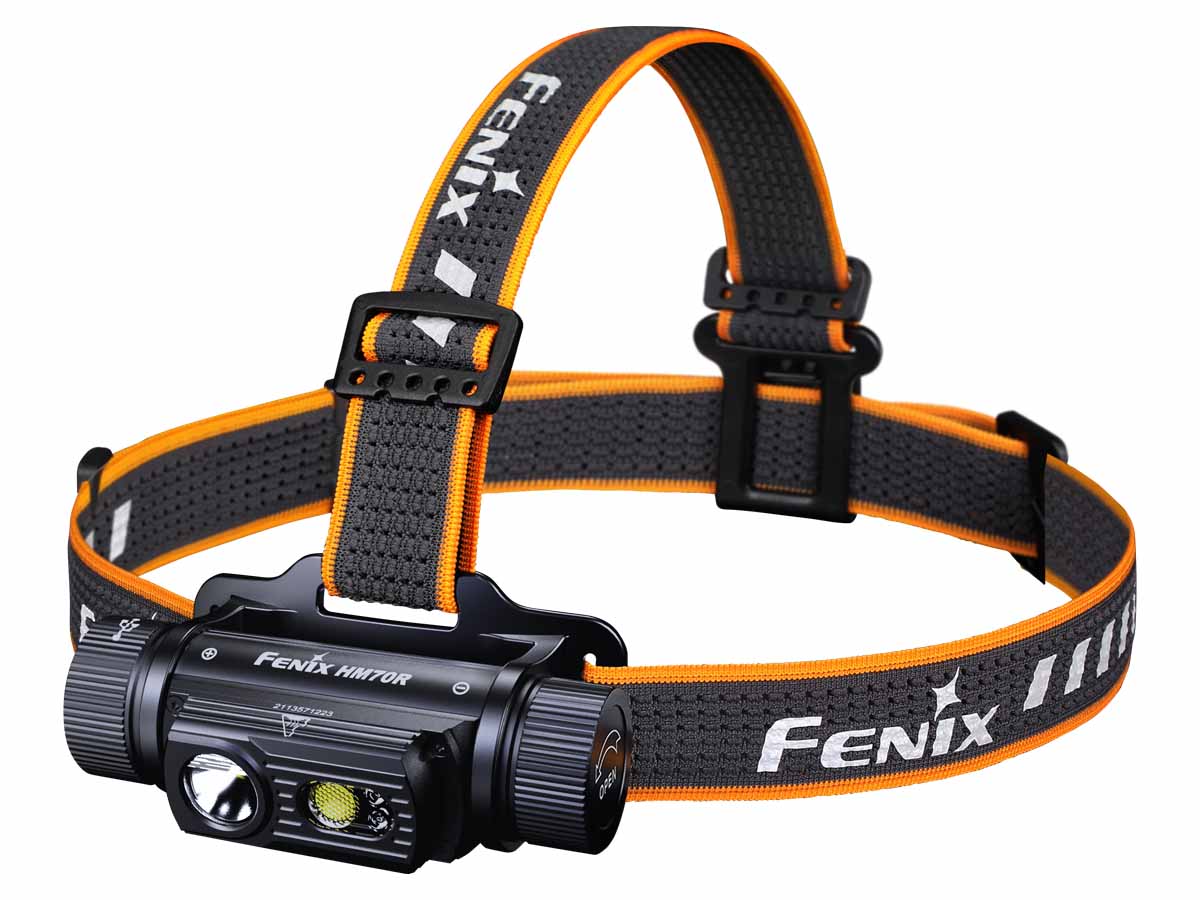I mean, a convoy m21 might fit the bill. I still think going rechargeable for this type light is a mistake. There are more important things than runtime. Do you really want chargers and extra cells in the field plugged into a generator? A 2 or 3 cell cr123a based light will be much better for standby use. And you can keep an extra change or two in each kit. They will last for 20 years just sitting there. A 21700 should be changed out every 5 years or so as sitting there at 100% capacity for years is hard on them. And rechargeables go bad just sitting there even when not in use.
I'm a big proponent in using rechargeable batteries for most flashlights. Especially things that you're going to use regularly. But these are back up emergency lights and should use emergency batteries.
That's my $.02
I'm a big proponent in using rechargeable batteries for most flashlights. Especially things that you're going to use regularly. But these are back up emergency lights and should use emergency batteries.
That's my $.02



